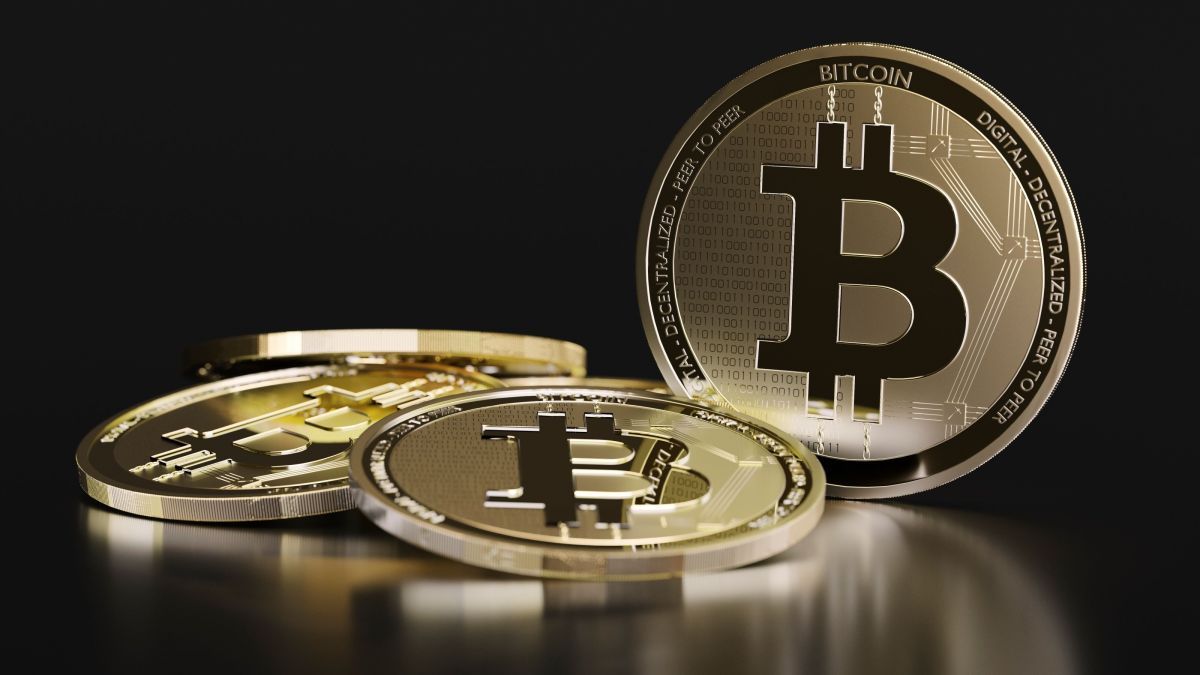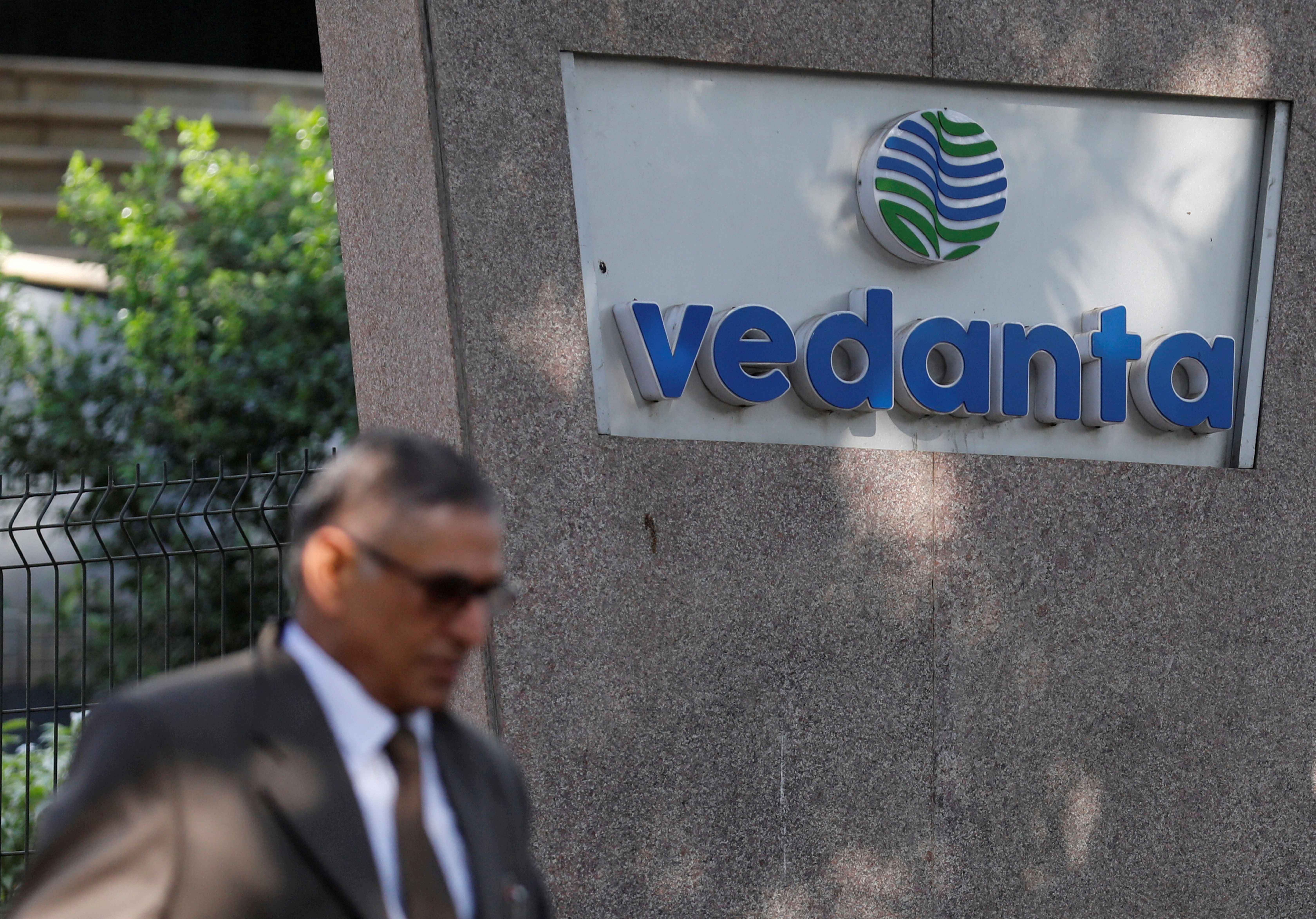Bitcoin Mining: What Is It & How Does It Work?
Bitcoin mining is referred to as the method of verifying Bitcoin transactions on the blockchain and generating new Bitcoin just like a central bank printing new fiat currency.

Bitcoin mining is the process of validating Bitcoin transactions on the blockchain and producing new Bitcoins, which is analogous to how a central bank creates new fiat currency.
The process of Bitcoin mining and its associated components are detailed here.
Understanding Blockchain And Bitcoin
Before comprehending how Bitcoins are actually mined, it is essential to comprehend the concepts of the blockchain and Bitcoin.
Consider blockchain as the generic ledger where all cryptocurrency transactions are recorded. A blockchain is a type of digital data structure that enables a distributed network of computers to share a distributed ledger of digitally executed transactions. A blockchain, in its simplest form, is a method for digitally documenting data on a distributed ledger.
Bitcoin is based solely on a blockchain network, which tends to store and record transactions on a vast network of computers. Each block contains transactions, which are only added to the blockchain once they have been verified and validated by miners. Since the transaction is now on the blockchain, it is impossible to make any modifications.
Digital currencies such as Bitcoin use the distributed ledger technology, which is a unique feature of blockchain technology as it ensures no records can be altered, and thus offers a much better transparency of transactions. The Bitcoin blockchain network employs the most advanced cryptographic algorithm techniques of SHA-256, which is responsible for converting data into a unique string of characters.
What is Bitcoin Mining?
Bitcoin mining, the process of validating transactions on the Bitcoin network, is a sophisticated computational and technological operation. It's very similar to the procedure of verifying a block on the blockchain network in exchange for Bitcoin payment.
Miners are the individuals who perform this task of mining. The term "mining" is used to refer to the process of acquiring Bitcoins since, like other forms of natural resources, only a fixed number of Bitcoins will ever be created. There will never be more than 21 million Bitcoin in circulation. Bitcoin mining is similar to actual mining in that both require a significant amount of energy investment. In this case, the energy is supplied by electricity, which is used to "mine" Bitcoins. To ensure the integrity of the blocks containing transactions, miners compete to decipher cryptographically encoded hash puzzles.
Whoever guesses the number first in this race will be the one to update the Bitcoin blockchain network's transaction log and will be rewarded with freshly mined Bitcoins. It's important to remember that the machine is doing all of the number guessing here. A miner's odds of success in this competition rise in proportion to the computing capability of their machine. Bitcoin mining consists mostly of:
A) To bring new coins into circulation and validate ongoing transactions.
B) To check counterfeiting and double-spend.
C) Maintain the ledger in a decentralized manner.
How Does Bitcoin Mining Work?
Let's dissect the mining process in order to comprehend how it operates and what is required to initiate the process:
Setting-up Of Powerful Hardware Resources
Before a miner can begin the process of minting Bitcoins, they must set up their own rigs with powerful computer resources and other specialized tools to efficiently solve the complex riddles. For efficient and effective mining, they would require graphics processing units (GPUs) with sophisticated graphics cards, field programmable gate arrays (FPGAs), or application specific integrated circuits (ASICs).
Currently, the most advanced and capable hardware is ASIC-based hardware, which is able to generate a massive number of hashes per second. However, such sophisticated circuitry is expensive and can cost thousands of dollars.
Installing Mining Software and E-Wallets
Miners require specialized software, such as CG miner, XMR miner, and multiminer, in addition to potent hardware. Many of these programs can be downloaded for free and are compatible with both Windows and Mac computers. Once the necessary software and hardware have been connected, Bitcoin mining can commence.
In order to store their Bitcoin rewards, the miner would also need an electronic wallet. A bitcoin wallet is a digital location for preserving, transferring, and accepting Bitcoin and other cryptocurrencies.
Imou 360° 1080P Full HD Security Camera, Human Detection, Motion Tracking
Mining Pool or Solo Mining
Miners have the option of working individually or as part of a larger group. Because mining is difficult on your own, mining pools were developed. To combat the increasing difficulty of mining, many miners band together to build mining pools. Every miner gets paid according to how much they put in.
The mining difficulty required to solve a block is decreased when Bitcoins are mined in a pool because more processing power is being put into the task. This encourages less powerful miners to join the network so they may earn some Bitcoin, even if they will only earn a fraction of the total.
More Miners = Reliable + more secured network
Start Bitcoin Mining Process
Once everything is set up and the miner has decided whether to mine in a pool or on their own, the next step is for the miner to solve the complicated mathematical hash puzzles that are used to validate transactions on a Bitcoin blockchain network. To learn more about how a miner solves a hash puzzle and confirms a transaction, let's look at the inner workings of a mine:
When a Bitcoin transaction is made, the mining software generates a cryptographic hash for it using the encryption algorithm SHA-256, which is a one-way function that converts a text of any measurement into a string of 256 bits. This block then serves as the basis for the next Bitcoin transaction. Merkle trees, also known as hash trees, are used for this purpose; their "leaf" nodes each represent the hash of a single block, while "non-leaf" nodes store the hash of their children.
Further, each block is linked to the others via a "linked list" that contains the memory addresses of the blocks that came before and after it, each of which has the relevant transaction data.
Proof-of-work (PoW) algorithms then manage and organize this transaction data into blocks with their own unique addresses after the Merkle tree has been formed. If a block is considered genuine, it must include Proof of Work (PoW) to guarantee that it will be mined at a predetermined rate without being corrupted.
PHILIPS Smart Indoor WiFi Security Camera HSP1000 | Full HD 2MP
At this point, the block has been added to the Bitcoin network and is ready to be mined after the corresponding transactions have been verified. In order to confirm a transaction, miners utilize this data to solve a hash puzzle. After gauging the amount of difficulty, all miners become engrossed in a race to uncover the hash for a predetermined goal..
This ‘complex specific target’ refers to finding a 64-digit hexadecimal number, called a hash which looks like this:
00000000000000000004b79c7879218f025311e5194557644b119d30220ca18f
Each block is identified by a hash, which is a unique integer consisting of 64 digits. Each target hash is determined by the network at a rate of once every 2,016 blocks. A block should be mined approximately once every 10 minutes, so keeping the mining difficulty steady is essential. The difficulty of mining Bitcoin is defined as the amount of work needed to generate a hash that is lower than the difficulty target. More specifically, the hash rate characterizes how many guesses per second a miner's computer can make.
When mining, the miner's attention is fixed on the sequence of numbers added to the previously hashed data in the previous block. It is considered a valid solution if the new hash value is smaller than or equal to the desired hash value. If the block is valid, it is verified by the rest of the Bitcoin network's miners and security nodes. If everything checks up, the block will be added to the Bitcoin main chain.
Whoever solves it first (the first miner) will be able to approve the transaction on the blockchain and receive the block reward (currently 6.25 BTC per block).
What Are The Incentives For Bitcoin Miners?
Why would a miner validate transaction data without any incentive, especially given that the mining and validation process incurs enormous infrastructure and energy costs? Miners validate transactions and solve a complex mathematical puzzle in exchange for free Bitcoins and a transaction fee (a certain percentage of the transactions the miner inserted into the block). Miners are severely incentivized by the reward of free Bitcoins and transaction fees.
Bitcoin Miner Payment= Block Reward + Transaction Fees
Currently, Bitcoin miners are compensated 6.25 Bitcoins for each block added to the Bitcoin blockchain. In 2009, when Bitcoin was first introduced, each block miner was awarded 50 Bitcoins. In 2012, it was restricted to 25 Bitcoins, in 2016 to 12.5 Bitcoins, and in 2020 to 6.25 Bitcoins. This procedure is known as Bitcoin halving, in which block rewards are halved. It occurs every 210,000 blocks, which takes approximately four years.
Bitcoin Halving Event: Timeline
The significance of the Bitcoin halving procedure is that it reduces Bitcoin's inflation and circulation rate, thereby contributing to its price stability. The most recent Bitcoin halving event occurred in May 2020, and the next one is anticipated to occur in 2024.
Types Of Bitcoin Mining
Bitcoin mining can be performed in a variety of methods and forms, each of which results in varying hashing power and block rewards. The numerous methods of Bitcoin mining are as follows:
CPU Mining
When Bitcoin was introduced in 2009 and first mined, it was mined using central processing units (CPUs), also known as the brain of a computer because they contain all the necessary circuitry to process input and output results. In the early days of Bitcoin, CPU mining was simple because there were so few miners and Bitcoin was still in its infancy.
GPU Mining
As the acceptance and prevalence of Bitcoin increased over time, along with the competition between miners, graphics processing unit (GPU) mining entered the picture.
GPU-based systems, which are primarily used for gaming and modern video editing, have proven to be more effective at mining with a higher hash rate than CPU-based systems. 2010 marked the introduction of the first software for GPU mining. However, GPU mining of Bitcoin was relatively short-lived and was supplanted by ASIC hardware in 2015.
CP PLUS 3MP Full HD Smart Wi-fi CCTV Home Security Camera
ASIC Mining
ASIC, which is an abbreviation for application-specific integrated circuit, is a type of machinery designed exclusively for mining cryptocurrencies. It was introduced in 2012 and has since proven to be 200 times more potent than standard GPU miners. However, ASIC mining rigs are extremely costly, with prices ranging between $2,000 and $15,000. Purchasing ASIC miners can be prohibitively expensive due to variable power consumption and electricity costs, as well as network issues.
FPGA Mining
FPGA stands for field-programmable gate array, which is a faster and more cost-effective alternative to GPU miners and ASIC miners. FPGAs are also capable of sustaining robust hashing power because, unlike ASIC miners, they are not designed to be bound into mining a specific coin or algorithm. This type of hardware technology provides the miner with the flexibility to reuse the setup if they alter their mining activity. FPGA miners are a viable option for crypto devotees who do not wish to invest a significant amount of money in mining hardware.
Cloud Mining
The miner can purchase a cloud mining service or a contract from a cloud mining provider specializing in cryptocurrency mining hardware. This enables the miner to mine Bitcoins without incurring the setup and maintenance costs of mining hardware. However, extreme caution is required when selecting a reputable cloud miner in order to avoid any type of scams or forgeries.
Is Bitcoin Mining Profitable?
Bitcoin mining may appear lucrative, but is it actually profitable? Satoshi Nakamoto, the creator of Bitcoin, has designed Bitcoin mining such that the more potent the mining network, the more difficult it will be to solve the mathematical problem. Therefore, the procedure of adjusting the difficulty is based on the total network mining power.
If there are more competitors, it will be more difficult to solve the puzzle. This arrangement was made to maintain stability and generate a constant stream of new Bitcoins in order to control inflation. The mining difficulty is adjusted so that, on average, a new block is generated every ten minutes.
Mining Profitability Factors
As discussed previously, the Bitcoin mining process is directly linked to rewards, and as a result, people desire to utilize it for high profits. However, it is not always simple to generate a profit from extraction. Consequently, evaluate and verify the following factors, which have a substantial impact on the profitability of mining:
- Hash rate
- Block rewards
- Mining difficulty
- Electricity and power consumption charges
- Mining pool fees
- Bitcoin’s market price
-
Also read:-Rice market shows strain after India’s six-week campaign of curbs
-
Should One Mine Bitcoin?
People generally view Bitcoin mining as a lucrative investment opportunity. However, it should be noted that Bitcoin mining is not a fast route to wealth, and that one must be technically savvy and well-equipped to carry out the complex Bitcoin mining process. It also necessitates substantial investments in expensive equipment, along with high computational capacity, dependable internet, and electricity. Therefore, it is always prudent to try the waters before investing your hard-earned cash.

















.jpeg?updatedAt=1700934779584)

.jpeg?updatedAt=1698674282372)



